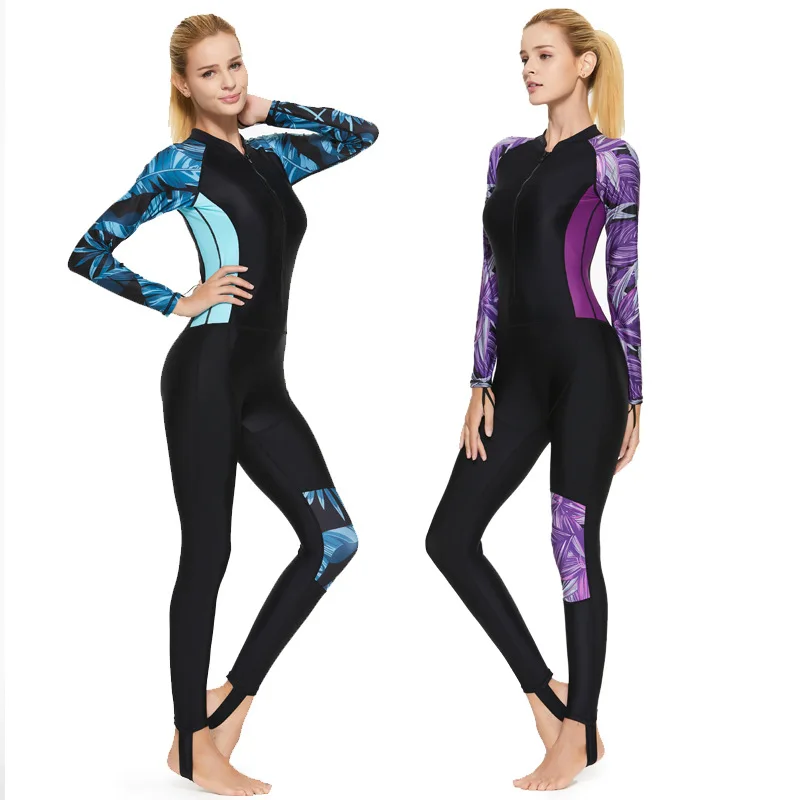ABOUT
Shark Sporting Goods Co., Ltd is a leading manufacturer and supplier of high-quality water sports gear. Based in Dongguan, China, we specialize in providing innovative and durable products tailored for professional athletes and recreational enthusiasts alike. Our extensive product range includes wetsuits, swimwear, and various accessories designed to enhance performance and comfort in water activities.
At Shark, we are committed to quality, sustainability, and customer satisfaction. Our state-of-the-art production facilities and rigorous quality control processes ensure that every product meets the highest industry standards. We pride ourselves on our ability to offer customized solutions and OEM services to meet the unique needs of our partners.
With a strong emphasis on research and development, we continually strive to push the boundaries of design and technology in the water sports industry. Whether you're a retailer or an OEM partner, Shark Sporting Goods Co., Ltd is your trusted partner for quality water sports equipment.
PRODUCTS
"The Science Behind Swimwear Fabrics"
Swimwear, a staple in our summer wardrobes, has come a long way from simple wool suits. Today, we have a dazzling array of fabrics designed specifically for swimming, each with unique properties catering to different needs and activities. But what makes these fabrics so special? The answer lies in the science behind their construction, a fascinating blend of materials, weaves, and technologies that allow them to withstand the harsh conditions of water and sun.
The Importance of Quick Drying
Imagine getting out of the pool and feeling that clammy, wet feeling for hours. Thankfully, most swimwear fabrics are designed for rapid drying, a crucial feature for comfort and hygiene. This quick-drying ability is achieved through the use of synthetic fibers, such as nylon, polyester, and spandex. These fibers have a smooth, round cross-section that allows water to flow freely off the fabric's surface. Additionally, the weave structure of many swimwear fabrics promotes airflow, further accelerating the drying process.
Moreover, some fabrics incorporate special treatments like hydrophobic finishes. These finishes repel water, creating a barrier that minimizes water absorption. The result is a fabric that dries quickly, keeping you comfortable even after a long swim or water sport session.
Stretchability and Comfort
Swimwear needs to be comfortable and flexible to accommodate the movements associated with swimming and water sports. This is where spandex comes in. This synthetic fiber, also known as elastane, is renowned for its exceptional elasticity and recovery properties. It allows swimwear to stretch and conform to your body, providing a comfortable fit and freedom of movement.
The amount of spandex blended with other fibers influences the fabric's stretchiness. Swimsuits designed for competitive swimming typically have a higher spandex content for maximum flexibility, while leisure swimsuits may have a lower percentage, offering a balance of stretch and support.
Sun Protection: Shielding from Harmful Rays
Spending time in the sun, especially while swimming, can expose you to harmful ultraviolet (UV) radiation. Many modern swimwear fabrics incorporate UV protection features, offering an extra layer of defense against sunburns. These features are typically achieved through the addition of special UV-blocking chemicals during the manufacturing process. These chemicals absorb or reflect UV rays, reducing their penetration through the fabric.
The level of UV protection is measured by the Ultraviolet Protection Factor (UPF), a scale similar to the SPF used for sunscreens. A UPF rating of 50 or higher is considered excellent and blocks out 98% of UV rays. Look for swimwear labels that indicate the UPF rating to ensure you're getting adequate protection.
Chlorine Resistance: The Battle Against Degradation
Chlorine, a common disinfectant used in swimming pools, can be harsh on swimwear fabrics. Over time, chlorine can break down the fibers, leading to fading, weakening, and loss of elasticity. To combat this, many swimwear fabrics are treated with chlorine-resistant finishes. These finishes form a protective barrier around the fibers, minimizing chlorine's damaging effects.
Some fabrics, such as nylon and polyester blends, are inherently more chlorine-resistant than others. Additionally, new technologies like "chlorine-proof" fabrics are being developed, offering even greater resistance against chlorine's destructive power. Remember, proper care and maintenance, like rinsing your swimsuit in fresh water after each swim, can also extend its lifespan.
Beyond the Basics: Specialized Fabrics
The science behind swimwear fabrics goes beyond the common features we've discussed. There are specialized fabrics designed for specific water sports and activities.
For example, fabrics used in wetsuits for surfing and diving are typically thicker and more neoprene-based, providing insulation and buoyancy. Fabrics used in competitive swimming, like racing suits, are designed to be ultra-smooth and hydrodynamic, minimizing water resistance.
The world of swimwear fabrics is constantly evolving, with new innovations and technologies emerging to enhance performance, comfort, and durability. As a consumer, understanding the science behind these fabrics allows you to make informed choices and find the perfect swimwear for your needs.
SUBSCRIBE
INQUIRY








